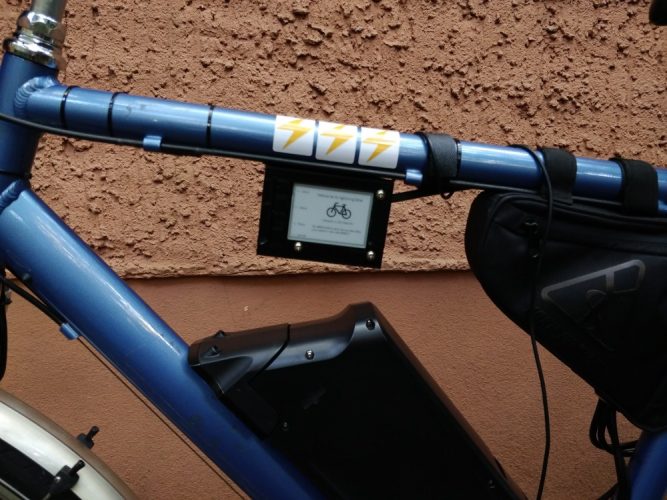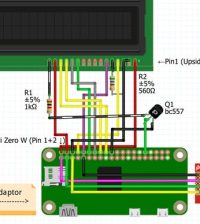- makeITcircular 2024 content launched – Part of Maker Faire Rome 2024Posted 2 weeks ago
- Application For Maker Faire Rome 2024: Deadline June 20thPosted 2 months ago
- Building a 3D Digital Clock with ArduinoPosted 7 months ago
- Creating a controller for Minecraft with realistic body movements using ArduinoPosted 7 months ago
- Snowflake with ArduinoPosted 8 months ago
- Holographic Christmas TreePosted 8 months ago
- Segstick: Build Your Own Self-Balancing Vehicle in Just 2 Days with ArduinoPosted 8 months ago
- ZSWatch: An Open-Source Smartwatch Project Based on the Zephyr Operating SystemPosted 9 months ago
- What is IoT and which devices to usePosted 9 months ago
- Maker Faire Rome Unveils Thrilling “Padel Smash Future” Pavilion for Sports EnthusiastsPosted 10 months ago
Open Source e-Bike Rentals Powered by Lightning Network

Matthias Steinig, a German developer whose focus seems to be on the development of Lightning Network-enabled technologies to serve consumers, has created a new mechanism that allows e-bikes to be rented in exchange for payments on the bitcoin Lightning Network.
The bike has a device that controls the flow of electricity depending on the payment that was made using the Lightning Network. The payment can be done in just a few steps scanning a QR code with the mobile phone. Users without knowledge about Bitcoin or virtual currencies can pay for it without having technical knowledge.
Using the Lighting Network users can process microtransactions in just a few seconds rather than waiting hours or several minutes and paying larger amounts of fees. At the same time, there is very little delay between an individual initiating a payment and receiving access to the full potential of the bike.
The project, simply titled “Lightning Bike,” is detailed in full on GitHub and has been made completely open source for others to learn from and even replicate. Steinig has only made one such e-bike so far and has not expressed any desire to turn his invention into a commercial operation. Furthermore, almost every single component used is readily available off the shelf or from an online supplier. The only customized parts involved are the project’s code and a 3D printed enclosure to house all the electronic circuitry.
A prototype built using a modified bicycle is already fully functional and has been demonstrated in the following video posted on Twitter.















